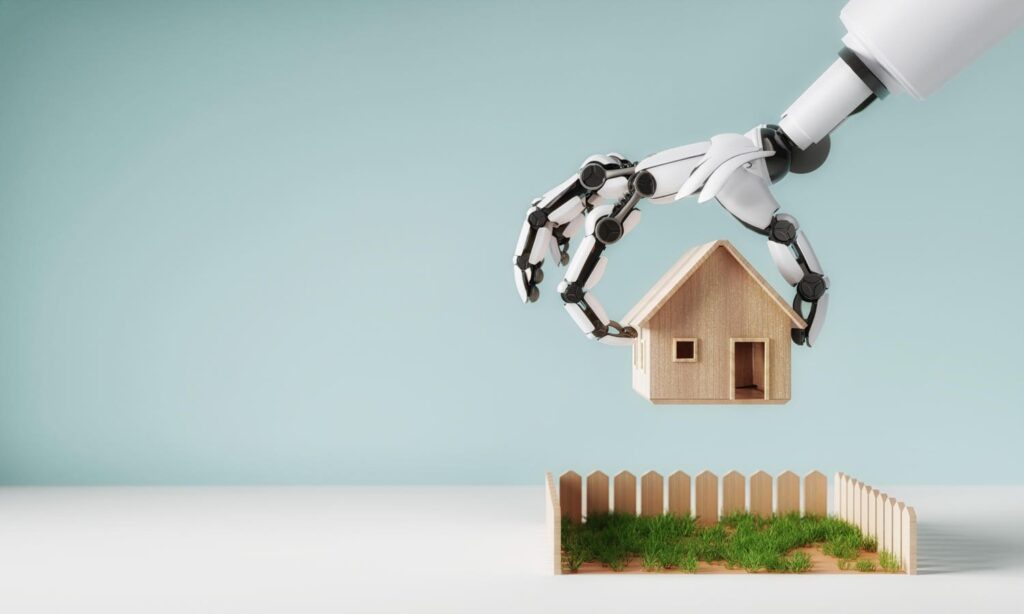
AI and Cybersecurity: The Good, The Bad, and the Future
The intersection of artificial intelligence (AI) and cybersecurity has created a new era of digital security challenges. As AI technology advances at breakneck speed, it’s crucial to acknowledge both its benefits and risks in the realm of cybersecurity.
On the positive side, AI can significantly augment cybersecurity capabilities. It can process vast amounts of data to identify malicious anomalies, automating the detection and prevention of cyber threats. This can be particularly valuable in incident response and recovery processes, enabling swift isolation of infected systems and containment of attacks. Additionally, AI-powered tools can accurately detect phishing attempts by analyzing emails and websites for subtle signs of suspicious activity.
Furthermore, AI-driven user behavior analytics (UBA) enables the detection of insider threats and unauthorized access attempts. This is critical in preventing data breaches and credential theft. By leveraging these capabilities, cybersecurity professionals can focus on more strategic tasks, rather than spending excessive time sifting through log files or chasing down false positives.
However, the dark side of AI in cybersecurity is equally concerning. As AI technology continues to evolve, it also empowers attackers with unprecedented abilities to breach defenses. For instance, AI-powered malware can modify its code to evade detection by traditional signature-based security tools, giving attackers a significant advantage. Furthermore, AI-driven social engineering tactics allow for highly targeted phishing and manipulation of public opinion.
Moreover, AI can be used to create deepfakes, which can spread misinformation or impersonate individuals for malicious purposes. The rise of AI-powered botnets also presents a significant risk, as they can be used to launch DDoS attacks and overwhelm defenses.
The future of AI in cybersecurity is likely to be shaped by an ongoing arms race between defenders and attackers. To mitigate these risks, it’s essential that the cybersecurity community work closely with AI researchers and developers to harness AI for defense and counter AI-driven attacks. Moreover, ethics, regulation, and accountability will become critical considerations as AI becomes increasingly powerful.
Ultimately, the outcome of this intersection depends on our ability to innovate, adapt, and address the ethical implications of these emerging technologies. As AI continues to transform the cybersecurity landscape, it’s crucial that we prioritize responsible development and utilization of AI in digital security.
Source: www.forbes.com


